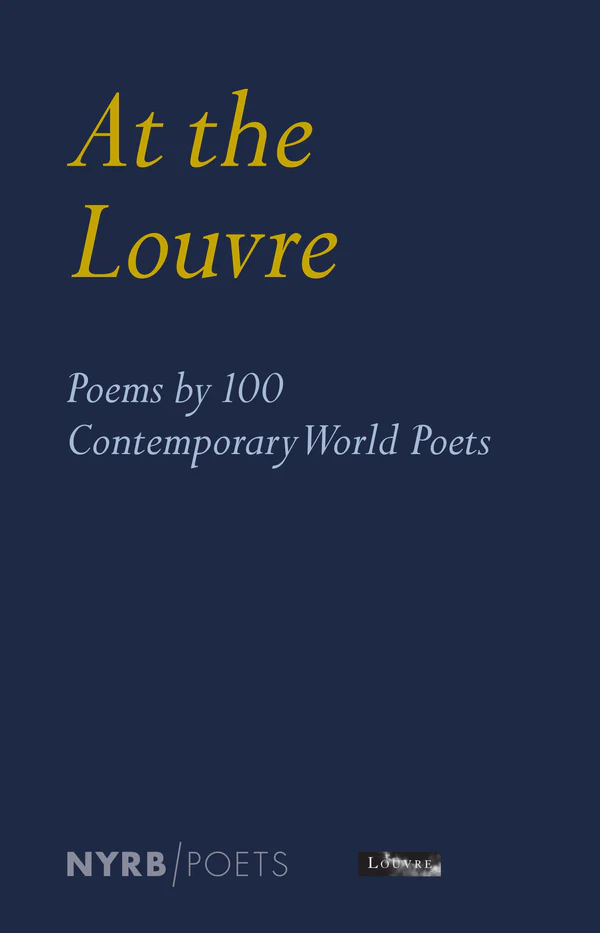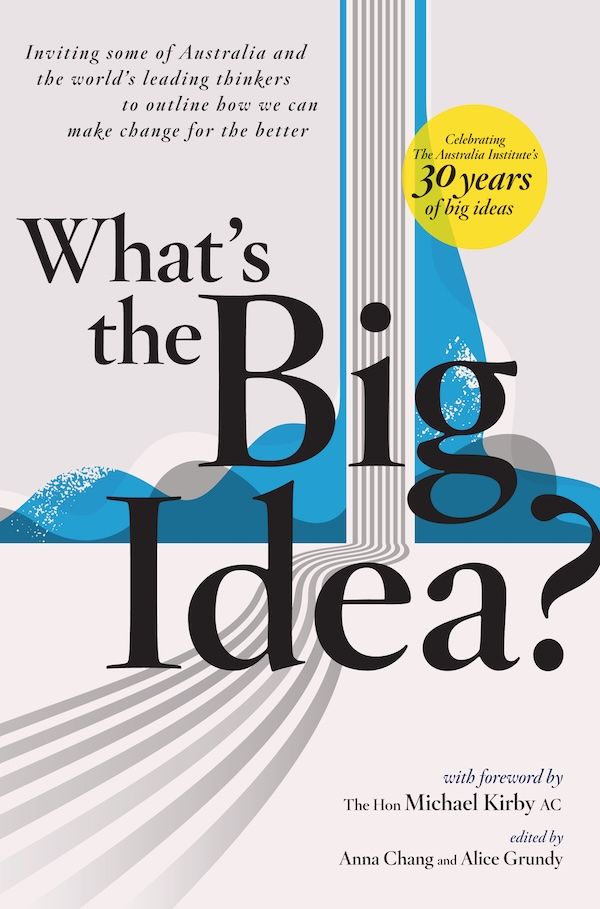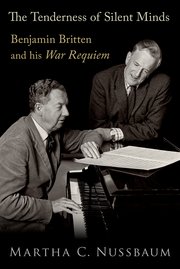Julius Caesar
.jpg)
When I was a young opera student in London many years ago, it became clear to me that there was a definite, if unwritten, vocal hierarchy. My performance interest was in the major composers of the ‘long’ nineteenth century, beginning with Mozart, but then Italian operas by Donizetti, Rossini, and Bellini, culminating in Verdi and Puccini, with the occasional French opera as part of the mix. If one was lucky to have a voice with the capacity to sing these roles, this became the focus of all one’s attention. Some brave souls went off to explore the works of Wagner. Pedagogues and vocal coaches rightly held that young singers needed time to develop the stamina to sing Wagner’s music effectively and that bad choices could be vocally fatal.
Continue reading for only $10 per month. Subscribe and gain full access to Australian Book Review. Already a subscriber? Sign in. If you need assistance, feel free to contact us.















Comment (1)
Leave a comment
If you are an ABR subscriber, you will need to sign in to post a comment.
If you have forgotten your sign in details, or if you receive an error message when trying to submit your comment, please email your comment (and the name of the article to which it relates) to ABR Comments. We will review your comment and, subject to approval, we will post it under your name.
Please note that all comments must be approved by ABR and comply with our Terms & Conditions.